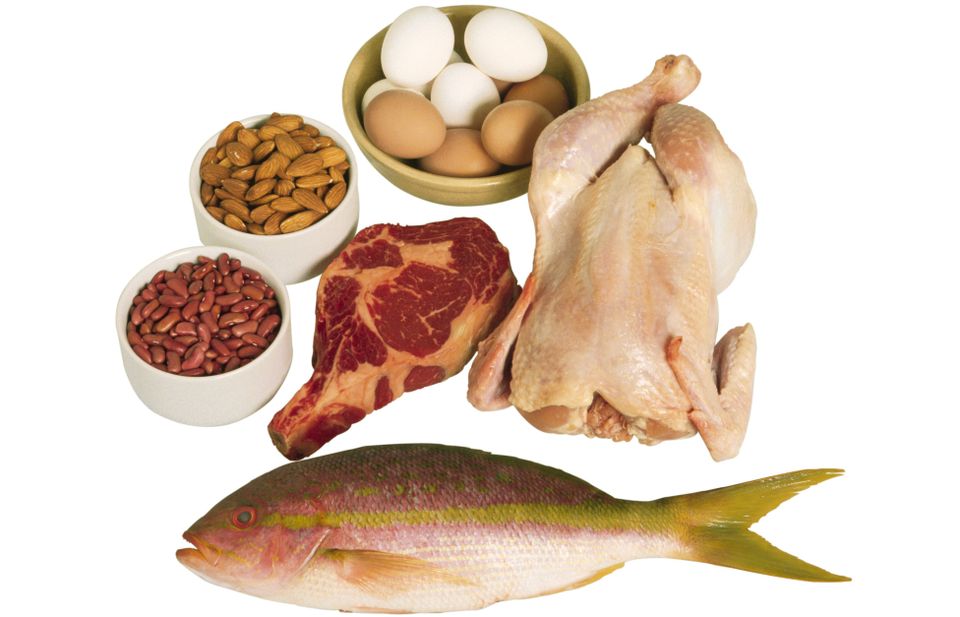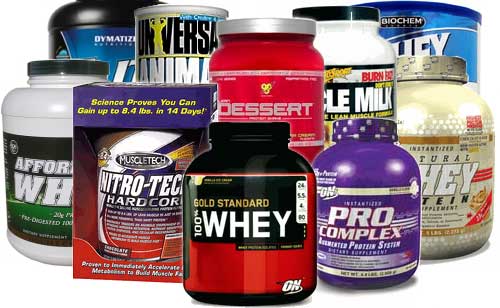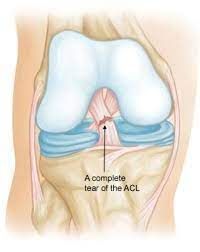
Apache Brave Sports Therapy
Mobile Sports Massage
Personal Training
Coventry | Warwickshire
Protein Powders
All You Ever Wanted to Know (Nearly All)
One of the problems with western diets is a lack of high-quality protein. One reason is our obsession with poor-quality fast foods; another is lack of time. In a world where everyone is overwhelmed with a busy life, it often becomes difficult to find the time to prepare high-protein meals of fish, lean meats or eggs. This is especially true for bodybuilders and elite athletes who follow lifestyle programs that have them consuming five to six meals a day. One solution is to make health food shakes with added protein or to consume meal replacement products that are high in protein.
A great way to get a lot of high-quality protein quickly is with a shake with protein powder added. This product has an interesting history. The first type of protein powder was powdered milk, which has its roots in the Mongol people and their powerful leader, Genghis Khan. The Mongols would evaporate milk by allowing it to dry in the sun and would reportedly take the chalk-like substance with them on their long journeys of conquest. In Genghis Khan and the Making of the Modern World, author Jack Weatherford suggests that a low-carb, high-protein diet with an emphasis on milk protein was one of the reasons for Khan’s success in battle:
“The Chinese noted with surprise and disgust the ability of the Mongol warriors to survive on little food and water for long periods; according to one, the entire army could camp without a single puff of smoke since they needed no fires to cook. Compared to the Jurched soldiers, the Mongols were much healthier and stronger. The Mongols consumed a steady diet of meat, milk, yogurt, and other dairy products, and they fought men who lived on gruel made from various grains. The grain diet of the peasant warriors stunted their bones, rotted their teeth, and left them weak and prone to disease. In contrast, the poorest Mongol soldier ate mostly protein, thereby giving him strong teeth and bones.”
The individual responsible for inventing the modern form of powdered milk was most likely Gail Borden, nicknamed “The Father of the Modern Dairy Industry.” In 1856 Borden received a patent for condensing milk that involved boiling the milk in airtight vacuum pans. In the early 1860s, the American Civil War created a huge demand for Borden’s product, and another market opened up in 1867 when Henri Nestlé added flour and sugar to powdered milk to create the first infant formula.
With today’s powdered milk there is little risk of bacterial contamination because of the lack of moisture. However, you need to pay attention to the expiration date of powdered milk and protein powders, as the proteins eventually oxidize, reducing their quality.
One benefit of powders is that they enable you to precisely follow a nutrition program. For example, when someone reduces calories to try to lose weight, his or her protein requirements increase. If you don’t get enough protein during a weight loss program, you can experience a loss of muscle mass. In addition, protein tends to help with food cravings because it helps stabilize blood sugar levels and creates a sense of fullness. Sure, drinking milk and eating steaks will give you protein, but they also give you a lot of fat and calories you may not want during a weight loss program.
Does Your Protein Measure Up?
One question we have to ask in any discussion about protein powders is “Why use milk as a source for protein in the first place?” There are many good reasons. The first reason to use milk in protein powders is simply because it contains a lot of protein. Beef, chicken and eggs are considered very concentrated sources of protein, but just one cup of milk contains as much protein as one ounce of beef or chicken – whereas a whole egg contains 6.5 grams of protein.
Another reason to use milk as a protein source is that it’s very digestible. Just because the label of a protein powder says it contains a certain amount of protein, that doesn’t necessarily mean your body can use all that protein. Of course there are protein powders made from soy , rice and even hemp seeds, but those proteins are of inferior quality. Let me explain.
There are several methods of ranking the quality of a protein, and one of the most recent is called the Protein Digestibility Corrected Amino Acid Score (PDCAA). The highest value that a protein can receive in this type of measurement is 1.00. Milk and whole eggs earn a perfect score, and beef looks good at .92, but Mr. Peanut has no reason to smile, as he only earns a .52 score.
Of course, there are other ways to judge the protein quality of food, such as a measurement called biological value (BV) that looks at nitrogen retention and absorption. With this measurement, milk earns a score of 91 compared to whole eggs, which max out at 100; but milk still wins out over beef, which achieves a score of only 80. And with the plant proteins, you have to consider that these are considered incomplete proteins in that they must be combined with other sources of amino acids to be used by the body. For example, to make a complete protein source you can spread peanut butter on a rice cake.
Although this discussion has been primarily about powdered milk, I’d like to take it a step further and talk about whey protein. Milk contains two types of protein: casein and whey. Whey protein is higher in quality than casein; whey is equal to milk in PDCAA scoring and higher in BV, and during the separation process its lactose can be removed.
Lactose is a sugar that causes gastrointestinal distress in much of the world’s population. The enzyme that breaks down lactose is called lactase. If an individual is not producing enough lactase, the result is lactose intolerance. Symptoms of lactose intolerance include bloating, gas, cramps, diarrhea and even nausea. Lactose intolerance is one reason for the popularity of soy protein powders, but I have a laundry list of problems with using soy products, including its potential to reduce testosterone in men. It’s rare that a child is born with complete lactose intolerance, as the problem usually develops after adolescence. Taking a lactase supplement can help, but it’s easier to avoid lactose intolerance altogether by using whey protein powders.
When you go shopping for whey protein powders, you’ll see that they come in categories such as concentrates, isolates and hydrolysates. Isolates contain more protein and less fat than concentrates, and hydrolysates contain digestive enzymes. Isolates cost more than concentrates, and hydrolysates cost more than isolates.
The Case for Meal Replacements
Extending our discussion beyond protein powders, meal replacement shakes offer quality food ingredients in various combinations of the three macronutrients: protein, carbohydrates and fats. And despite the name, meal replacements should only replace some meals – not all of them.
There are many reasons to use meal replacements, and there is legitimate scientific research to support their use. Two frequently cited studies looked at weight loss with meal replacements.
The March 2001 issue of the Journal of the American Dietetic Association published the results of a yearlong study of 64 overweight women, ages 18 to 55, who expressed an interest in losing between 20 and 40 pounds. One of the unique characteristics of the women involved in this study is that all claimed they had been unsuccessful in changing their eating habits. The women were divided into two groups and were placed on 1,200-calorie diets. The control group was given a standard diet, while the other group consumed three milk-based, 220-calorie meal replacement drinks totaling 680 calories (meaning that the remaining 520 calories consumed were from whole foods, primarily fruits and vegetables). The result is that after three months, both groups lost 3-6 pounds, but at the end of 52 weeks the group that used the meal replacement product kept the weight off while the whole-food group regained the weight they had lost. Discipline in a can!
Published in October 2004 in the International Journal of Obesity were the results of a six-month study with 63 overweight subjects, 50 female and 12 male, with an average age of about 49 years. Their daily nutrition consisted of one whole-food meal per day and two milk-based meal replacement drinks, with a total daily intake of 800 to 1,800 calories. The subjects were instructed to walk three times a week for 30 minutes each session. Six months into the nutrition program, there was a mean decrease of seven percent body weight.
The meal replacements used in these studies were commercially available and had a high amount of sugar (220 calories and 34 grams of sugar); the ingredients in one brand consisted primarily of milk, cocoa and two types of sugar. But before getting into what constitutes a good meal replacement, let’s look at the origins of this type of product – which, incidentally, falls into the category of infant formulas.
The first infant formula was developed in 1867, consisting of cow’s milk, wheat flour, malt flour and potassium bicarbonate; the first soy formula was introduced in 1929. The most famous developer was Henri Nestlé (yes, that Nestlé, of Toll House cookie fame).
Born in Frankfort, Germany, Nestlé came from a family of 14 children, half of whom died before reaching adulthood. In the mid-1860s, Nestlé used his training in pharmacology to address the issue of infant mortality due to malnutrition by developing a healthy, economical alternative for mothers who could not breastfeed. With the help of nutritionist Jean Balthasar Schnetzler, Nestlé made the formula easier to digest by removing the acid and the starch in wheat flour. Nestlé called the new product Farine Lactée Henri Nestlé.
The early days of infant formula eventually involved into meal replacement powders for athletes , primarily bodybuilders. One of the most popular formulas among bodybuilders in the ’70s was called Blair’s Protein, developed by Irvin Johnson (who changed his name to Rheo H. Blair on the advice of an astrologer). It was a delicious mixture – described as having the taste of soft ice cream – and was reportedly the favorite of six Mr. Olympias. However, because it contained approximately 25 percent lactose, it often caused gastrointestinal distress.
The two major types of meal replacement
formulas manufactured today use whey or soy as their primary protein source.
One reason that soy was introduced to infant formulas was to deal with infants
who are allergic to cow’s milk; however, the American Academy of
Pediatrics says that infants who are allergic to cow’s milk should not be given
soy milk because 50 percent of those who are allergic to cow’s milk are also
allergic to soy milk. Soy can be bad news, especially for men due to its effect
in decreasing serum testosterone. To learn why soy is such a poor choice for a
meal replacement, pick up a copy of Dr. Kaayla Daniel’s book The Whole Soy
Story .
Although not as well known, one other option is pea protein. Pea protein has
excellent digestibility (98 percent) and has an excellent array of amino acids,
including high levels of BCAAs. It is particularly high in leucine, lysine,
arginine, phenylalanine and tyrosine. And because pea protein has ACE
inhibitory activity, it may have a positive effect on the maintenance of normal
blood pressure levels. It has also been shown, in rat studies, to have a
positive impact on total cholesterol and very-low-density lipoproteins (VLDL)
by stimulating bile acid formation and excretion.
The concept behind using meal replacement powders is a good one, as they can be quickly and easily prepared and can provide precisely the nutrients you want. When you use nutrition/lifestyle protocols that involve several “feedings” a day, adequate food preparation becomes very difficult and time consuming.
I recommend that the majority of your calories come from whole foods, but this is a fast-paced world, so meal replacements and protein powders have a place as convenient ways to ensure you receive the highest-quality nutrition.
References
Daniel, K. T. (2005). The whole soy
story: The dark side of
America
’s favorite health food.
Washington, DC: NewTrends
Publishing.
Frantz, J. B. (1951). Gail Borden: Dairyman to a nation.
Norman, OK: University of Oklahoma
Press.
History [of Nestlé]. (n.d.). Retrieved from http://www.nestle.com/AboutUs/History/Pages/History.aspx.
Huerta, S., Li, Z., Li, H. C., Hu, M. S., Yu, C. A., & Heber, D. (2004).
Feasibility of a partial meal replacement plan for weight loss in low-income
patients. International Journal of Obesity and Related Metabolic Disorders,
28
(12), 1575-1579.
Rothacker, D. Q., Staniszewski, B. A., & Ellis, P. K. (2001, March). Liquid
meal replacement vs traditional food: A potential model for women who cannot
maintain eating habit change. The Journal of the American Dietetic
Association, 101
(3), 345-347.
Weatherford, J. (2004). Genghis Khan and the making of the modern world.
New York, NY: Crown
Publishers.
Richard Watson
Sports Therapist

Sports Massage
Personal Training
Posture Analysis
Corrective Exercises
Neck & Shoulder Pain | Lower Back
Knee and Leg Pain | Sciatica
Muscle stiffness | Groin and Hip Pain
Post Training Tightness | Non-Sports Injuries. and more...
Mobile Personal Fitness & Local Sports Massage Treatments near you:
Coventry, Kenilworth,
Leamington Spa, Warwick,
Balsall Common, Meridan,
Binley Woods, Tile Hill, Eastern Green,
Warwickshire and more










